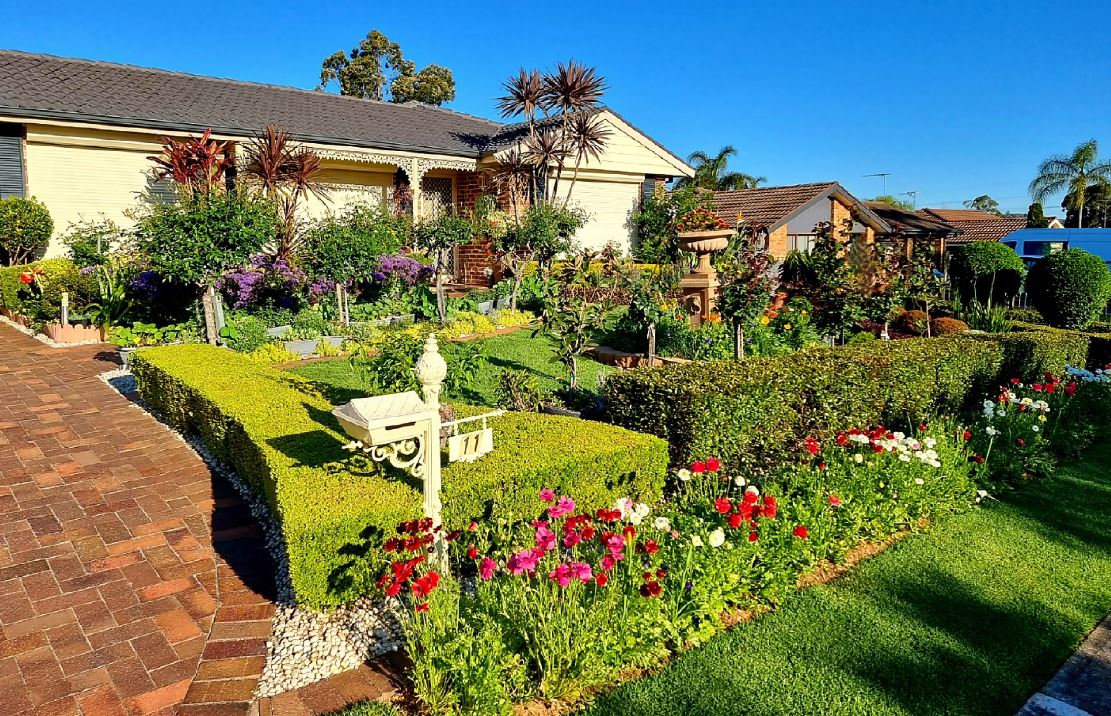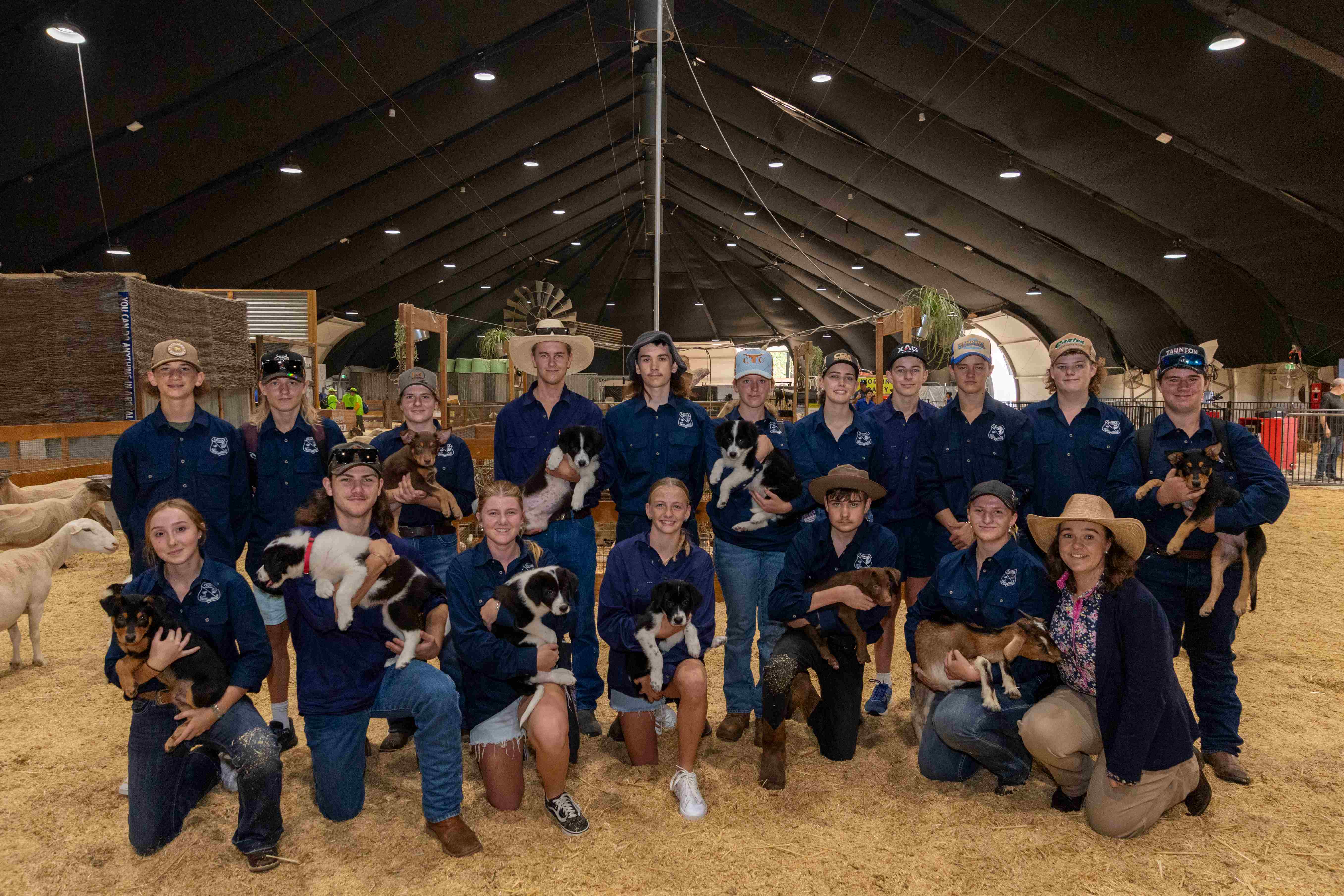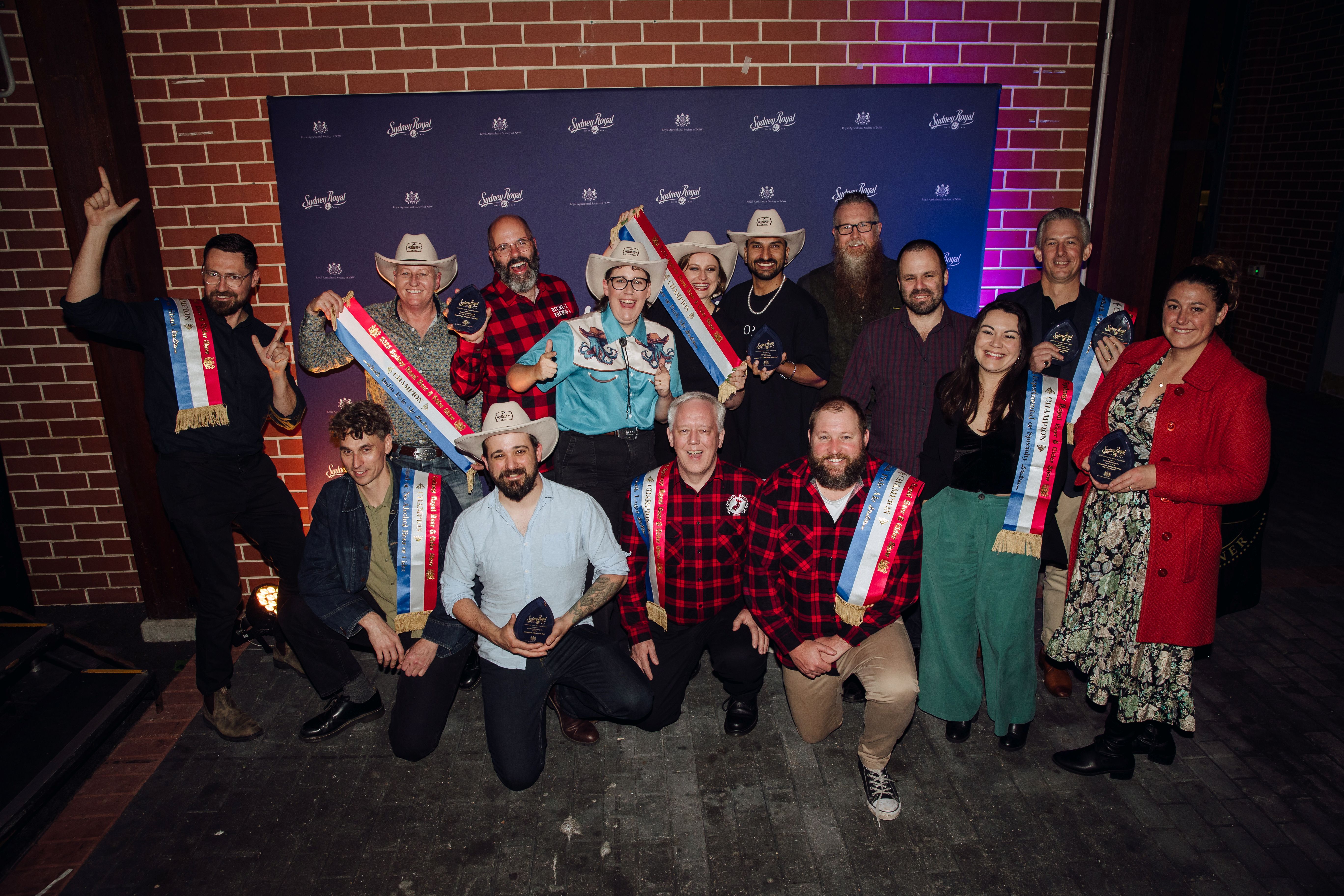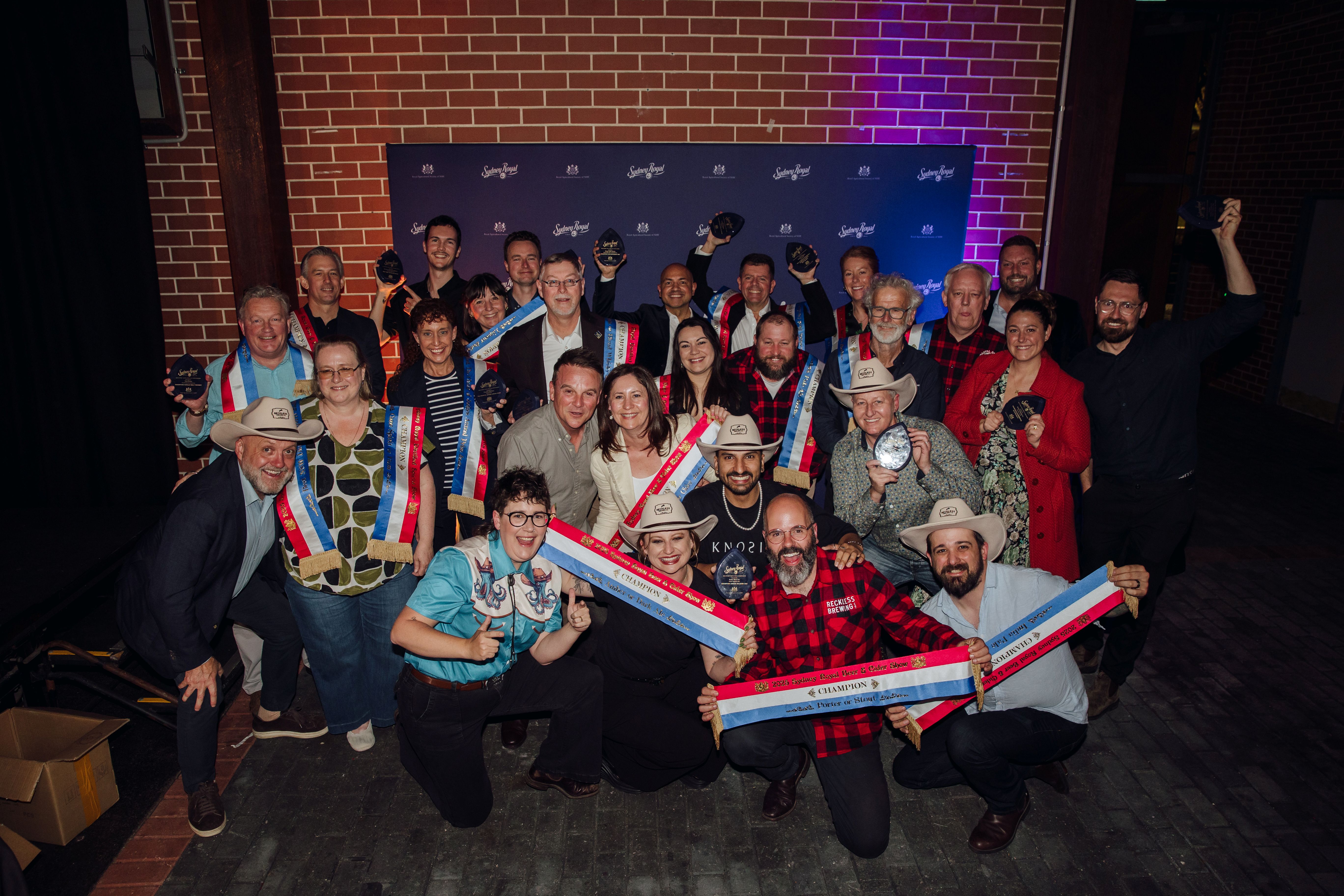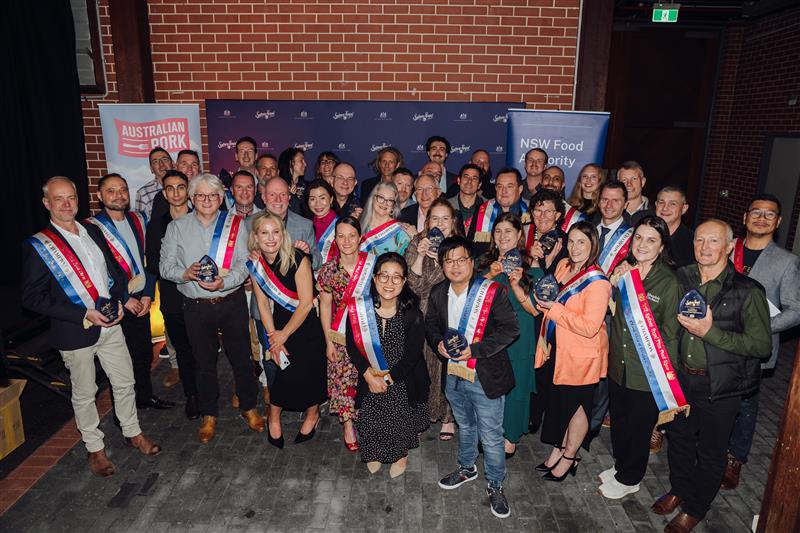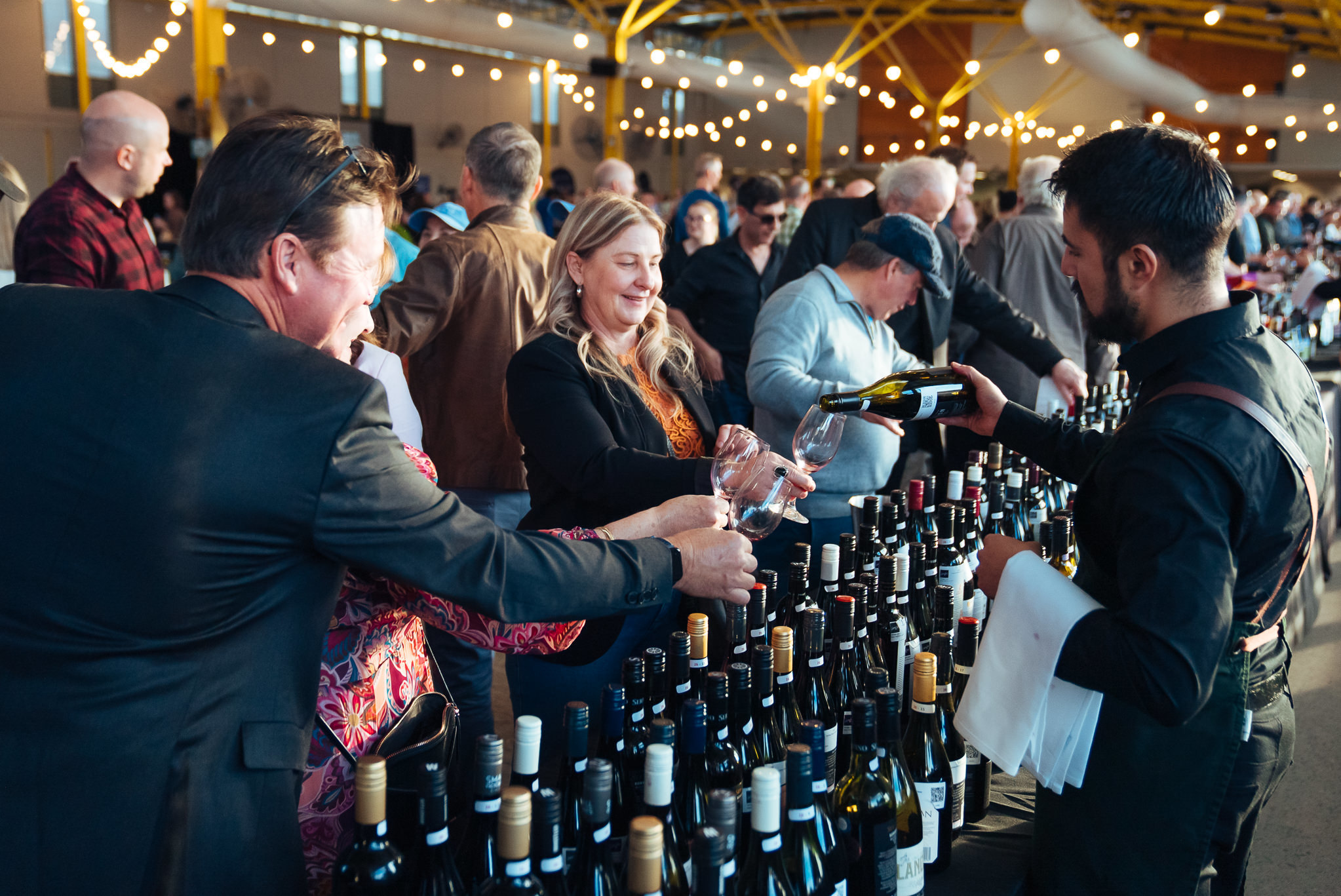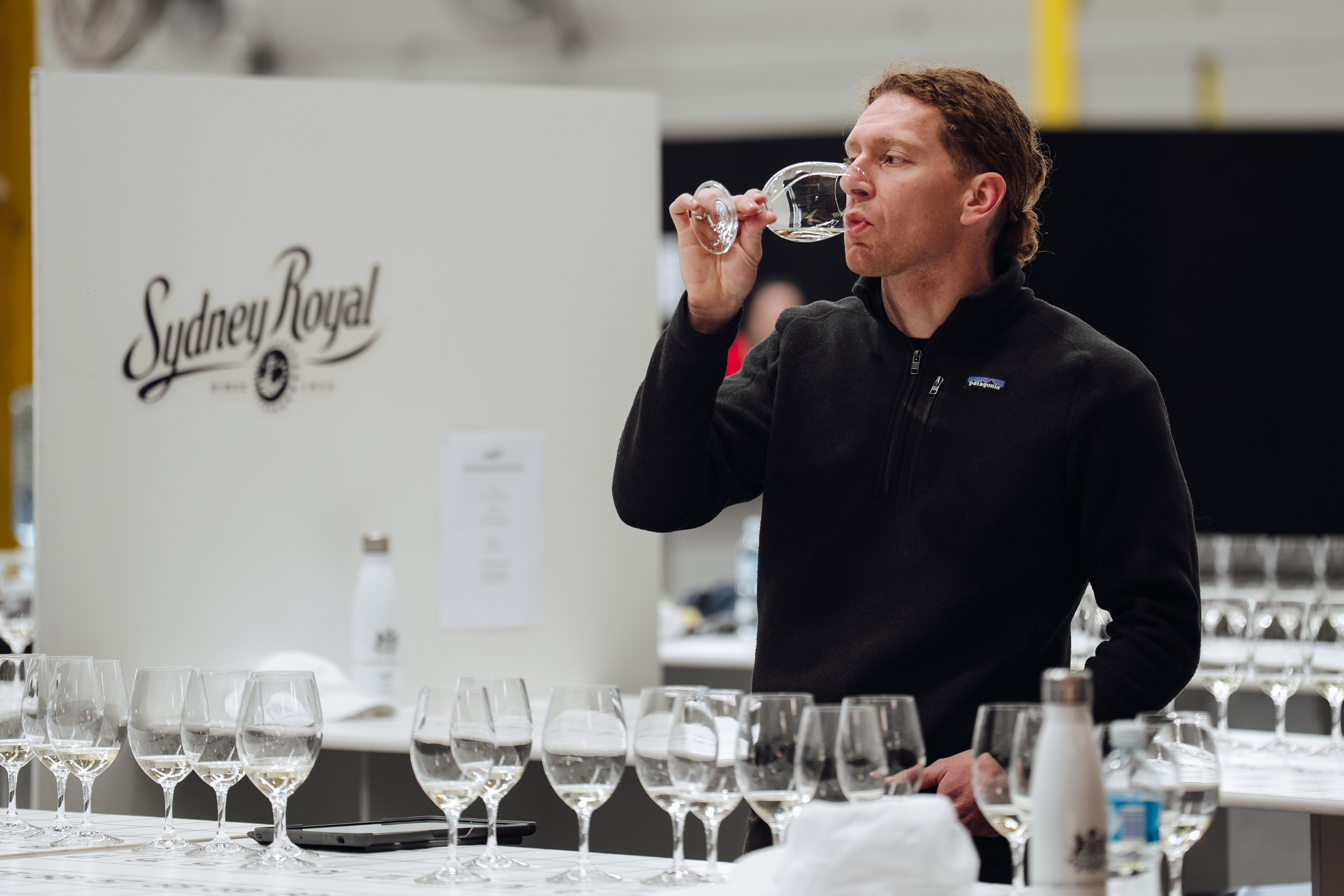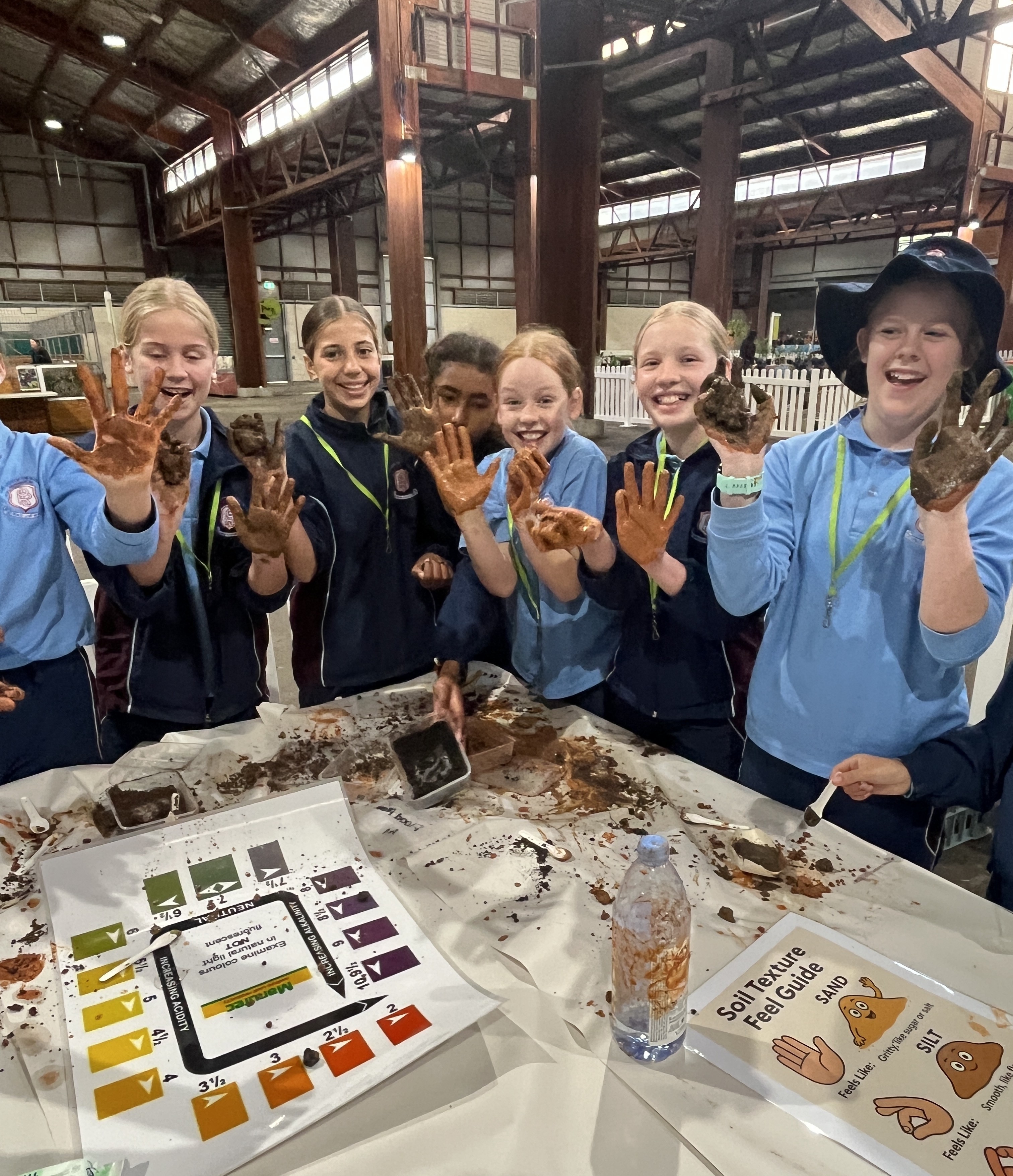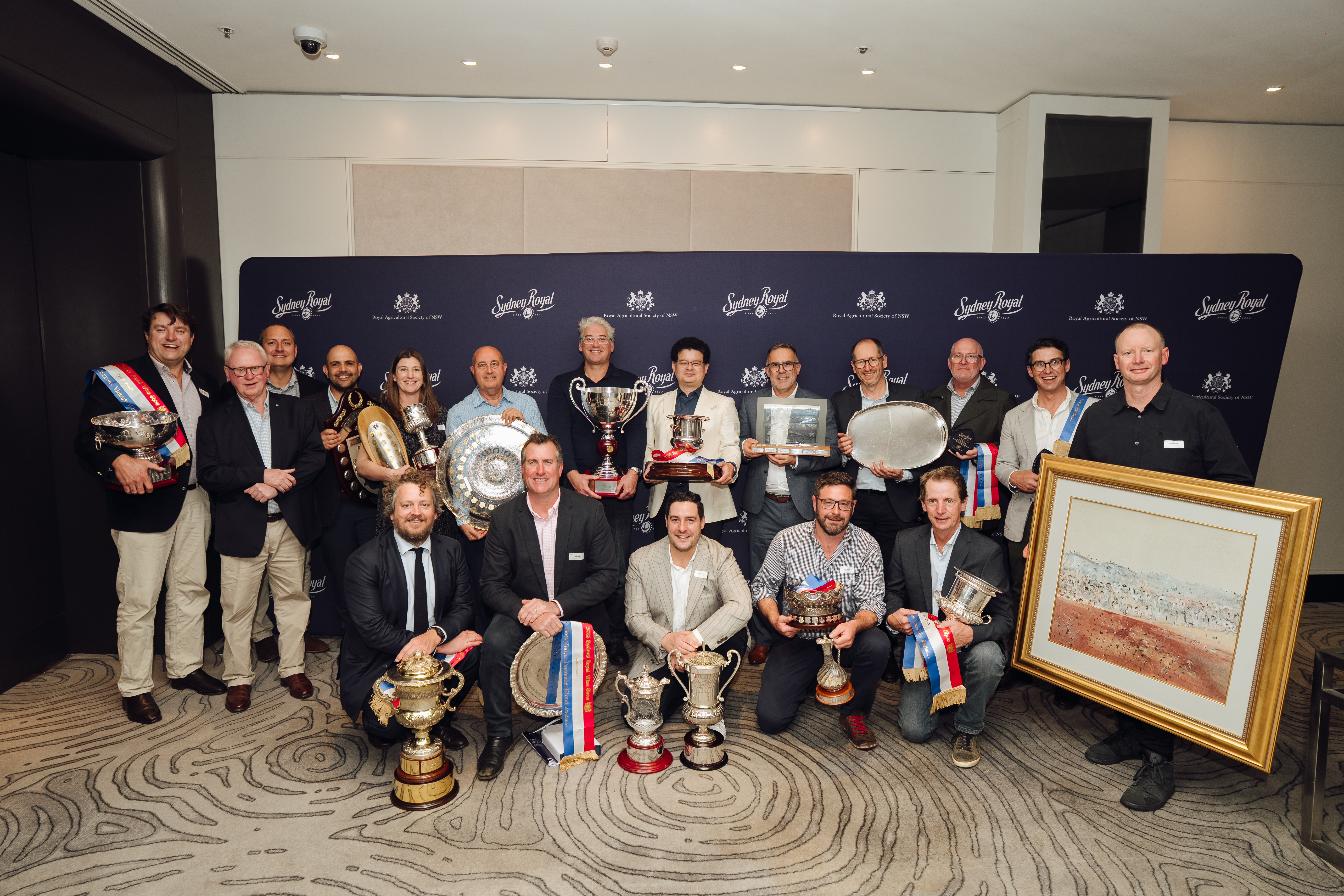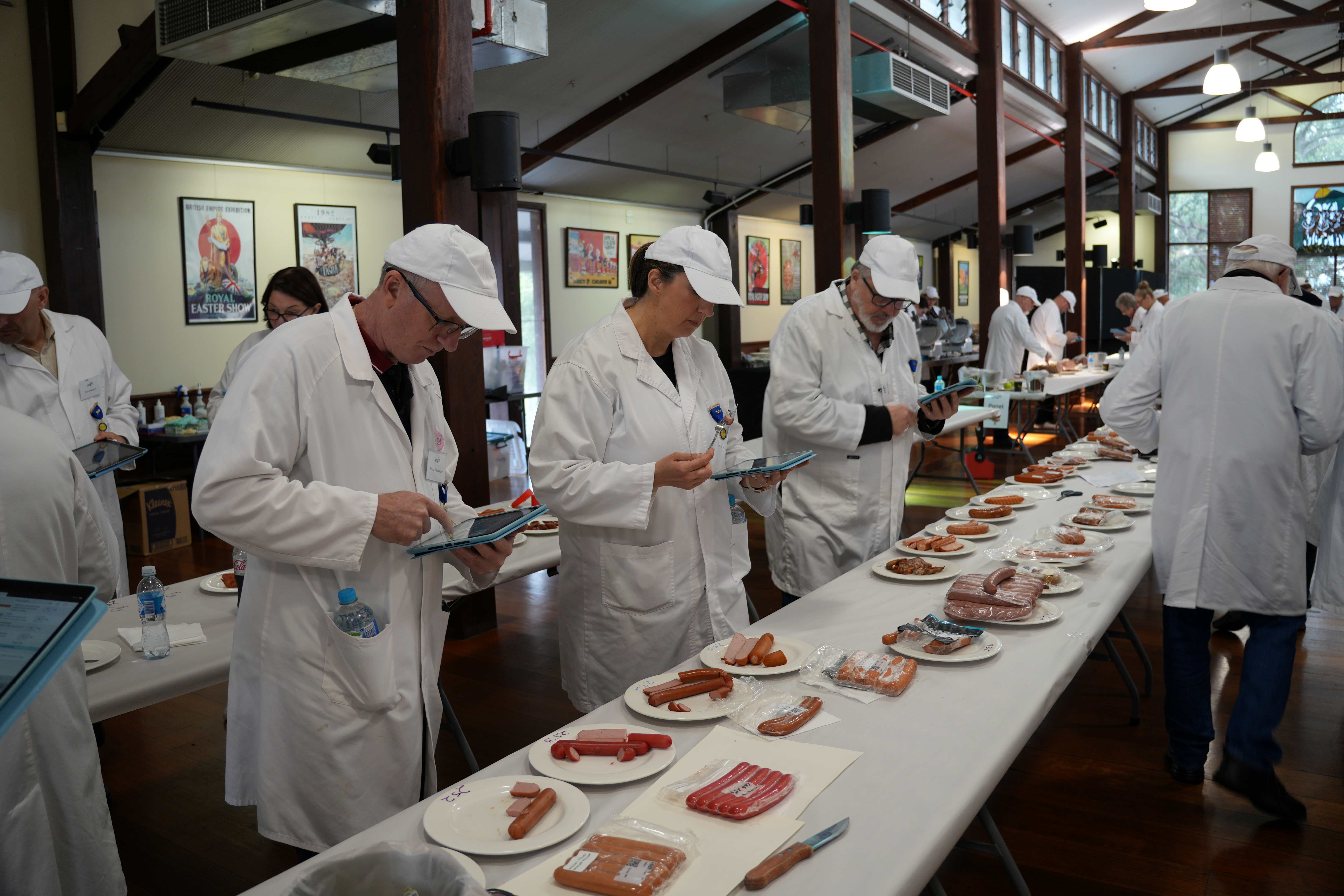Sixty years of Showgirls
Since 1962 the Showgirl Competition has advanced the cause of young rural women, opening up opportunities and encouraging women to become community and business leaders.
From its inception, the competition was never intended to be a beauty pageant. It was conceived as part of a wider strategic push to strengthen ties between the metropolitan and regional show societies, in the process creating ambassadors for the show movement and rural New South Wales.
The contest was suggested by management consultants and was introduced partly at the instigation of Gilbert Mant (RAS Public Relations Manager 1956-1969). Conducted with the official assistance of the Agricultural Societies Council of NSW, it appealed at a grassroots level and rapidly increased in popularity.
The format was simple and is essentially unchanged: each local show society holds a competition, with the winner going on to compete at a zone level. Finalists from each zone then compete at the Sydney Royal Easter Show. At each stage, contestants are judged on personality, confidence and goals, general knowledge and rural knowledge, presentation, and speech. With all that practise, every one of the young women who participate annually can improve their interviewing and public speaking skills.
Local and state winners attend as many country shows and official functions as they can, and this effectively plugs them into community and regional networks with ongoing mutual benefits to all concerned.
The 1962 winner of the inaugural Miss Showgirl Competition, as it was originally known, was horse exhibitor Margaret Mackay, daughter of ringmaster and Horse Committee chairman Ken Mackay. In common with later prize winners, Margaret acted as an emissary for agricultural societies and played a valuable role in advancing their objectives. The judges of that first competition were Mrs Playfair (wife of then RAS President), Jim MacDougall (journalist from the Daily Mirror), and American actress Jane Russell. First prize was £250, a sash and a silver tray.
The first woman elected to the RAS Council and current RAS Foundation Chair, Robyn Clubb, was a Showgirl, winning in 1981 as Robyn Johnson. Councillor Kate Wickson was also a past Showgirl, reaching the finals in 1994.
The first sponsor was the Daily Mirror (1962-1965), followed by the Daily Telegraph (1970-1972), and the Women’s Weekly (1973-1978). The longest association began in 1979, with the competition known as The Land Sydney Royal Showgirl Competition from 1979 until 2021.
In 2022 the competition will officially become The Sydney Royal Young Woman of the Year, a name that resonates better with young women and reflects the importance of the role. The name continues the link to the show movement however it also opens up the opportunity for young women to enter from many and varied occupations that have a link to rural, regional and remote NSW.
